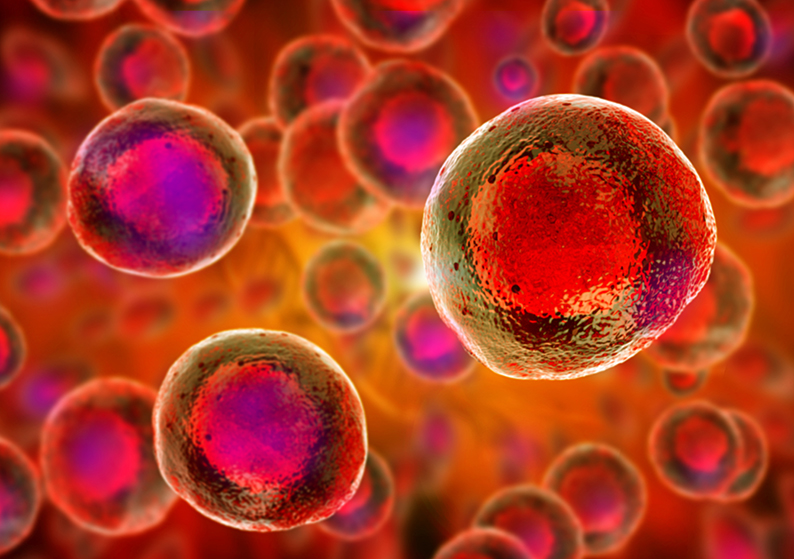Media release
From:
The University of New South Wales
Imagine if one day blood transfusions from strangers were not needed because they could be produced from cells that line your own blood vessels’ cells.
While that day is still some years off, medical researchers at UNSW Sydney have made an important first step by identifying – in mice – a mechanism that is used naturally in mammals to make blood from cells that line blood vessels.
It was already known that a process termed ‘endothelial to haematopoietic transition’ takes place in mammalian embryos, whereby cells lining blood vessels (endothelial cells) change into blood stem cells.
But the identity of the cells that regulate this process had up until now been a mystery.
In a paper published recently in the journal Nature Cell Biology, UNSW Health & Medicine’s Professor John Pimanda, Dr Vashe Chandrakanthan and a team of researchers describe how they solved this puzzle by identifying the cells in the embryo that can convert adult endothelial cells into blood stem cells. The cells – known as ‘Mesp1-derived PDGFRA+ stromal cells’ – reside underneath the aorta.
While more research is needed before this can be translated into clinical practice, the discovery could be an important step in regenerative medicine by providing a potential new tool to generate engraftable haematopoietic stem cells.
Attachments
Note: Not all attachments are visible to the general public.
Research URLs will go live after the embargo ends.
Journal/
conference:
Nature Cell Biology
Organisation/s:
The University of New South Wales, WEHI, The University of Melbourne
Funder:
We thank W. D. Richardson (University College London) and K. M. Young (University of Tasmania) for providing Pdgfra–creERT2 reporter mice as well as A. Waisman (Johannes Gutenberg University Mainz) for providing iDTR mice. We thank R. P. Harvey (Victor Chang Cardiac Research Institute, Sydney) for transferring Pdgfra–nGFP, Wnt1–cre and Mesp1–cre mice. We thank the staff at the UNSW Sydney Biological Resource Centre for maintaining mouse lines and the Mark Wainwright Analytical Centre for assistance with flow cytometry, confocal microscopy and image processing. This work was funded by the National Health and Medical Research Council of Australia (J.E.P., grant nos 510100, 568668, 630497 and 1102589; and V.C., grant no. 1061593), Australian Research Council (J.E.P., grant no. DP0984701), a Faulty of Medicine, UNSW grant (V.C.) and a Mark Wainwright Analytical Centre, UNSW grant (V.C.). B.G. was supported by Wellcome (grant no. 206328/Z/17/Z), MRC (grant no. MR/S036113/1), Blood Cancer UK (grant no. 18002) and core funding by Wellcome to the Cambridge Stem Cell Institute.



 Australia; NSW; VIC
Australia; NSW; VIC



